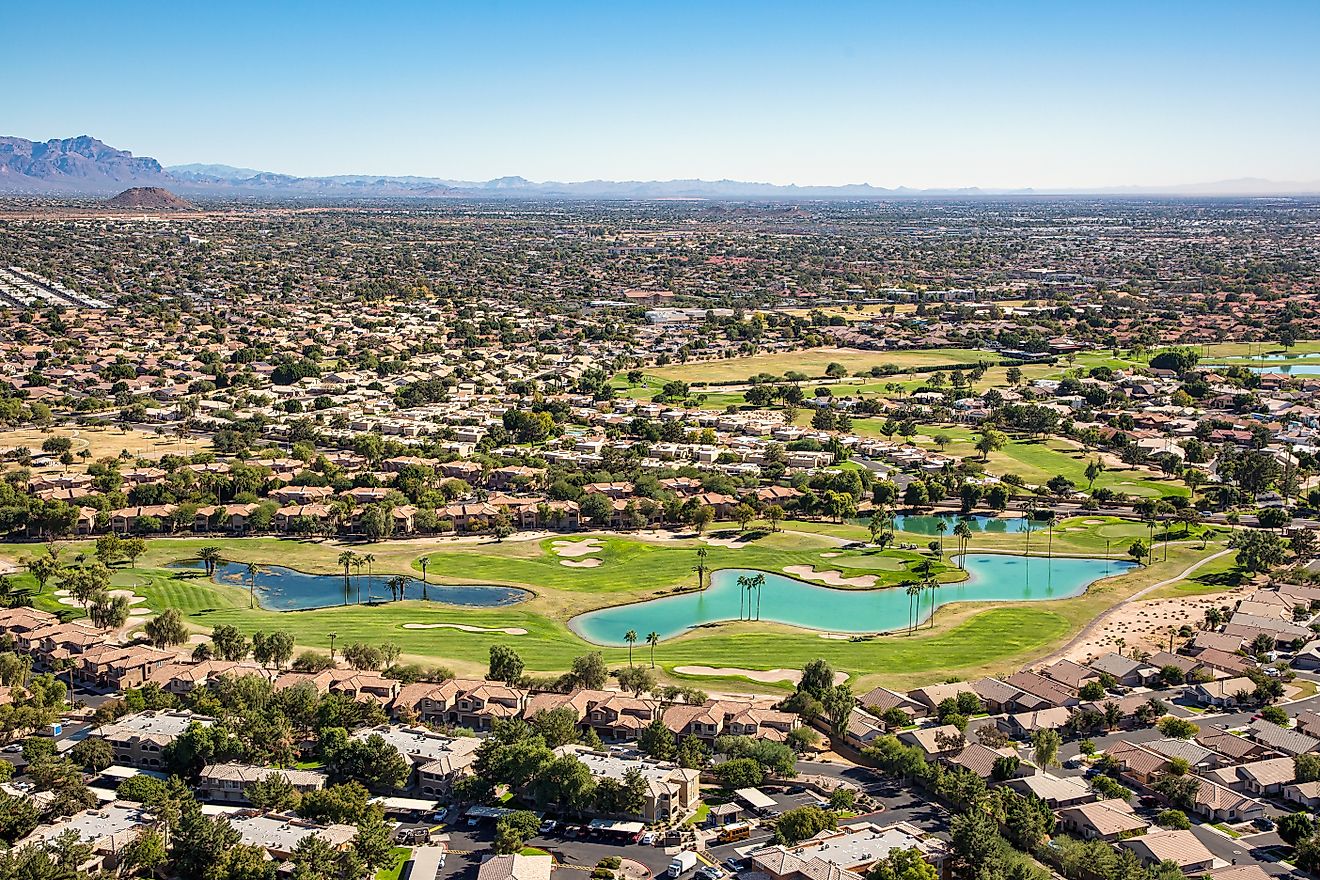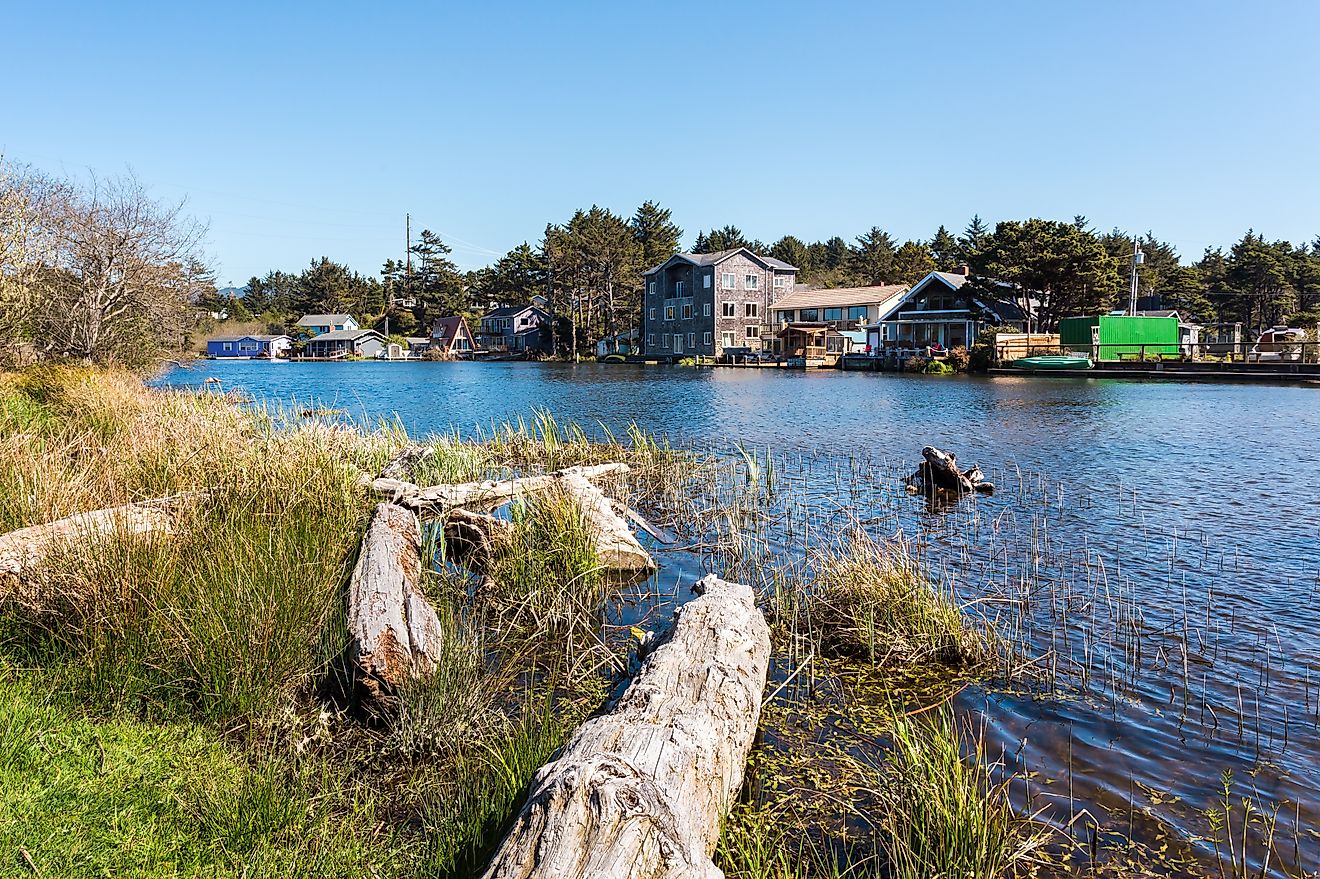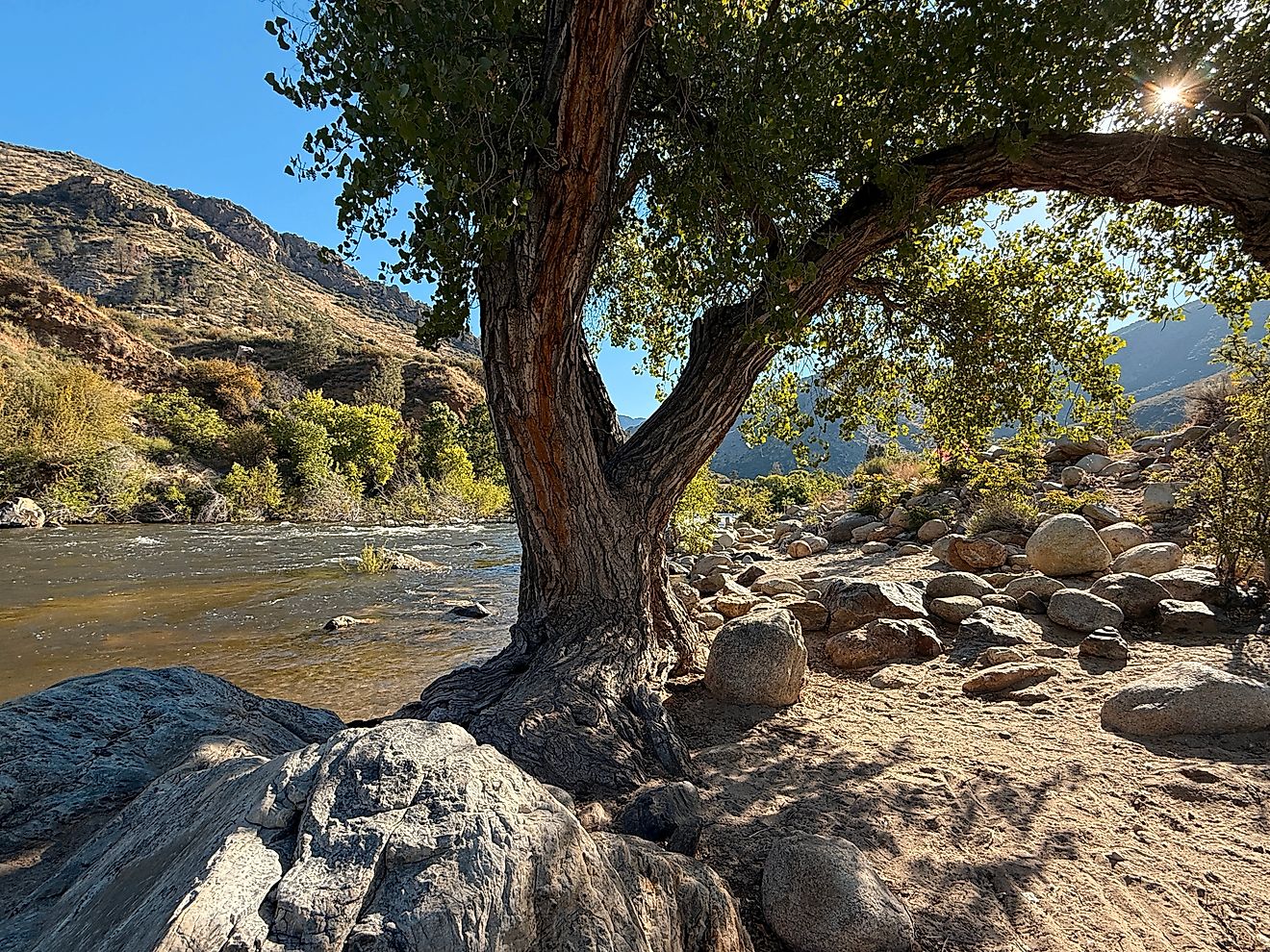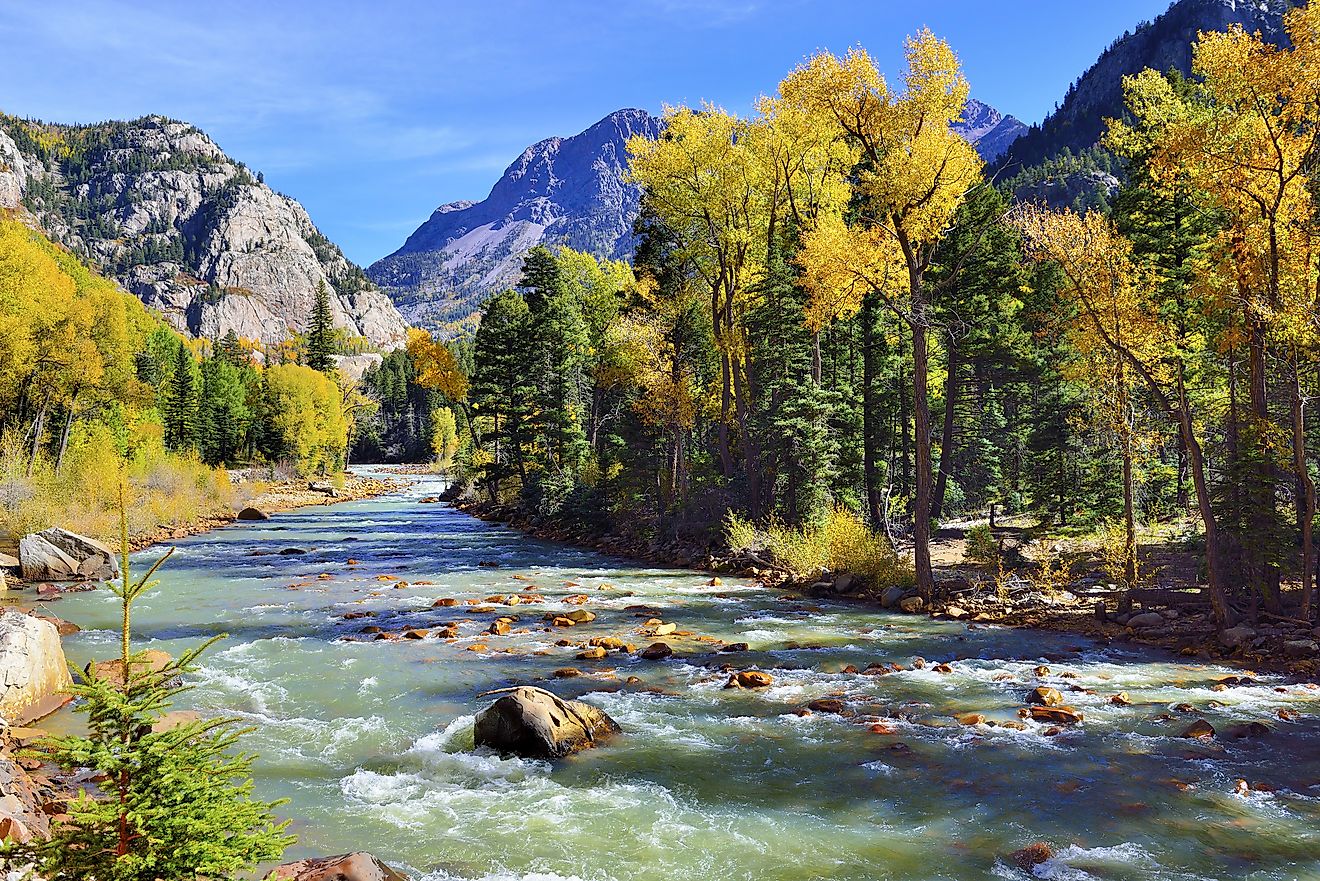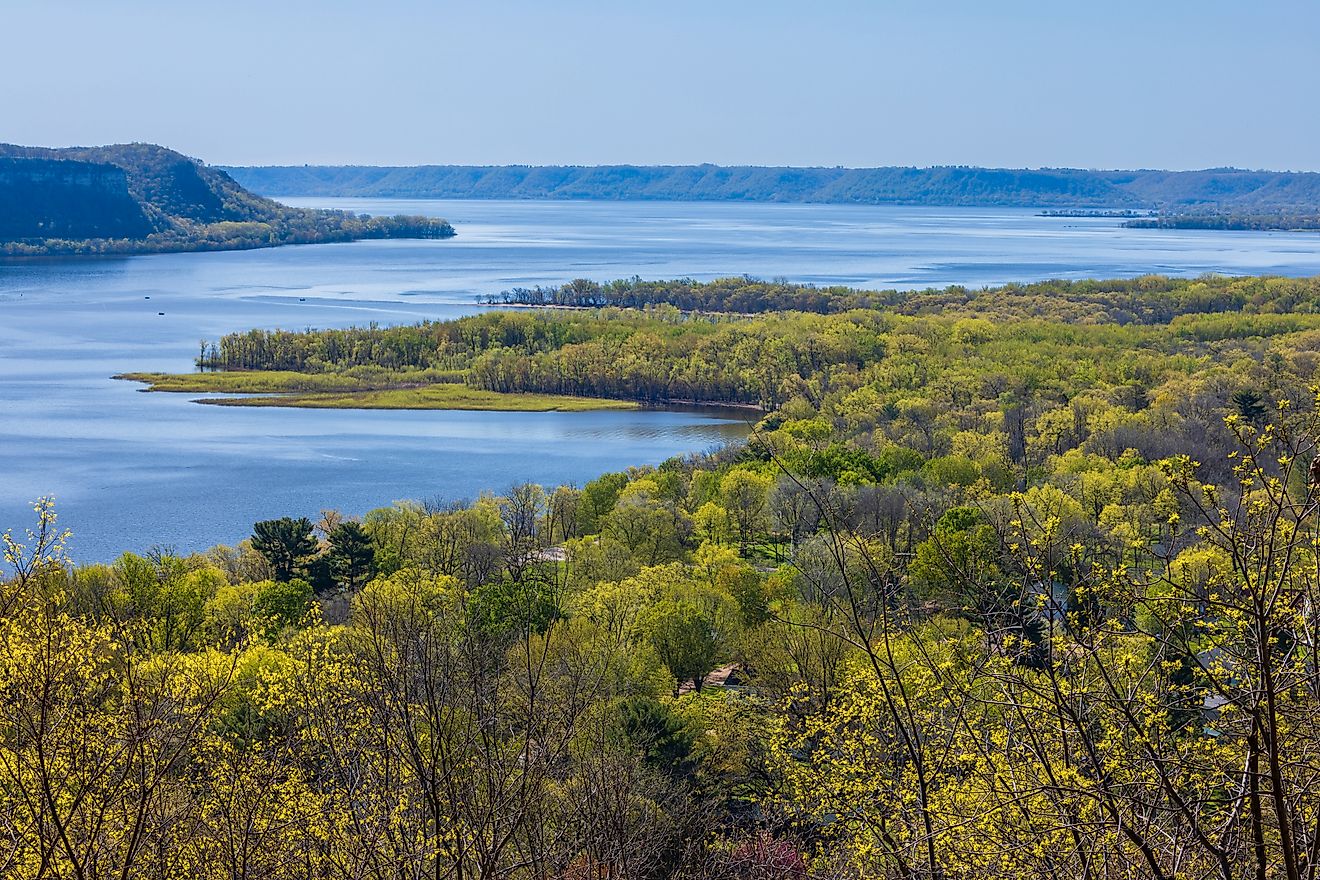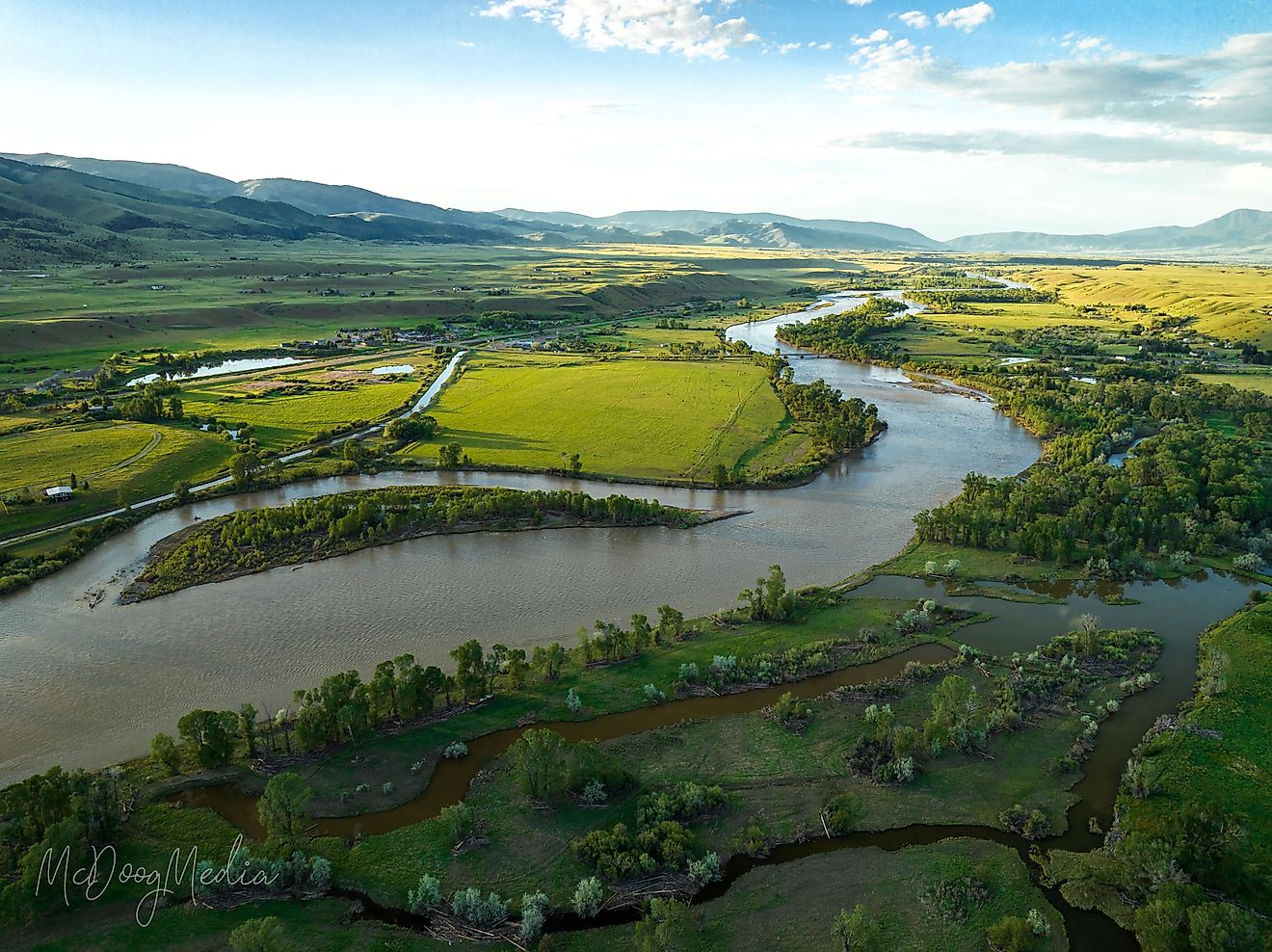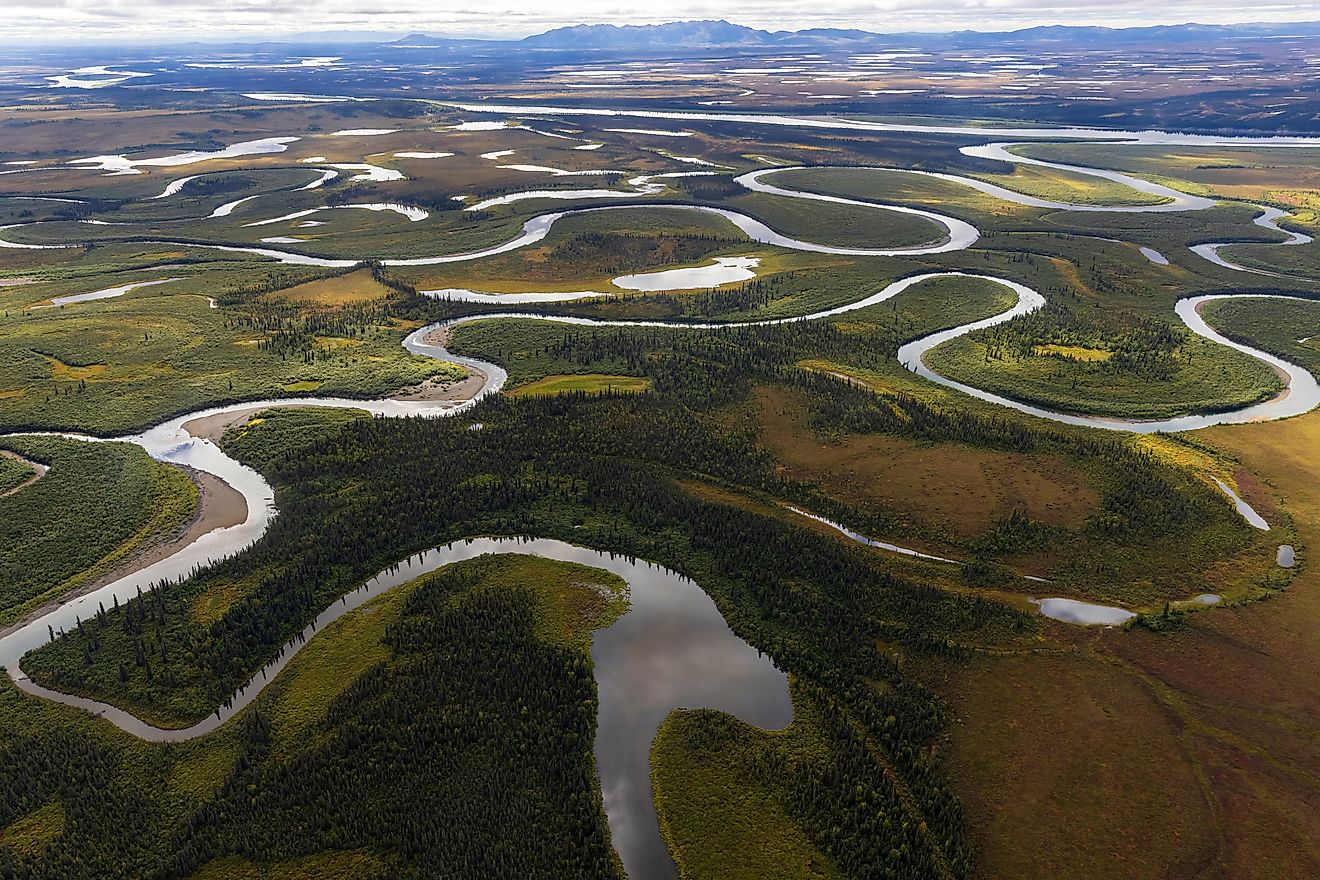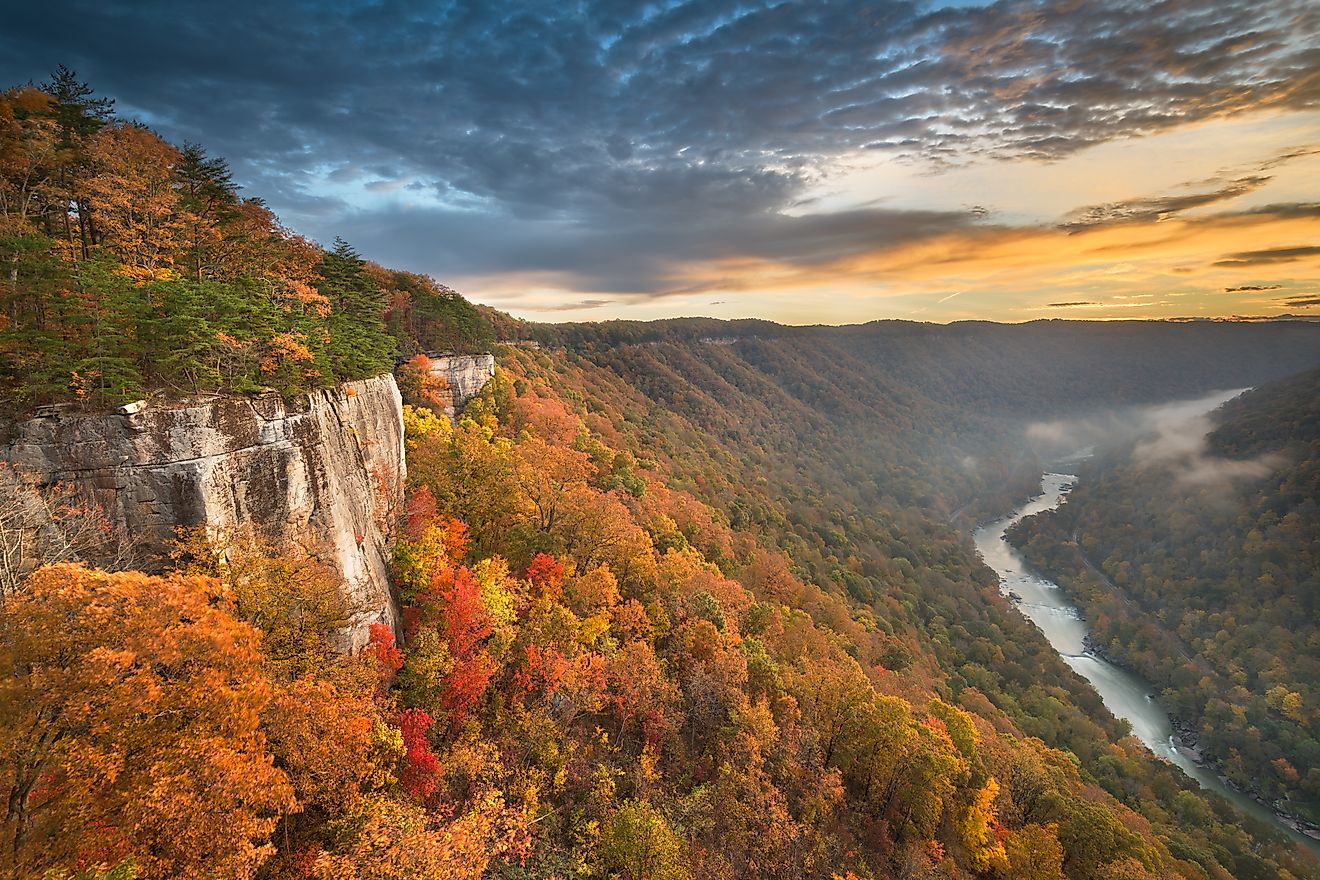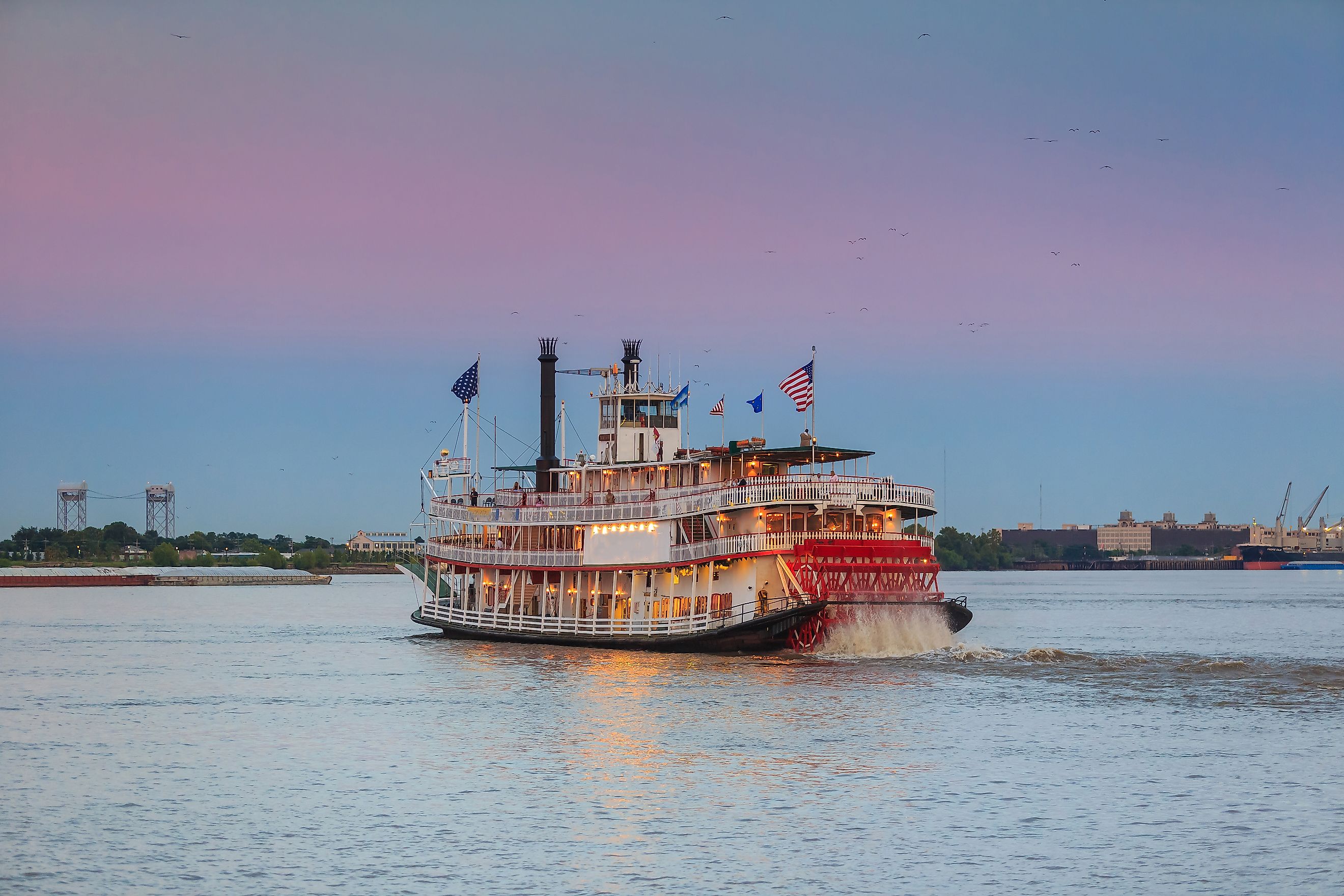
The 7 Major Rivers of the US
Rivers are the lifeblood of a nation, carving canyons, shaping landscapes, and fueling civilizations. In the United States, seven major rivers stand out—not just for their length, but for their historical significance, economic impact, and breathtaking beauty. From the mighty Mississippi’s legendary waters to the wild and rugged Yukon, each river has a story to tell.
These waterways have carried explorers, nurtured cities, and, in some cases, sparked fierce battles over resources. They provide drinking water, irrigation, hydroelectric power, recreation, and a vital connection between ecosystems. Let’s journey through America’s most iconic rivers and discover their rich legacies.
Mississippi River
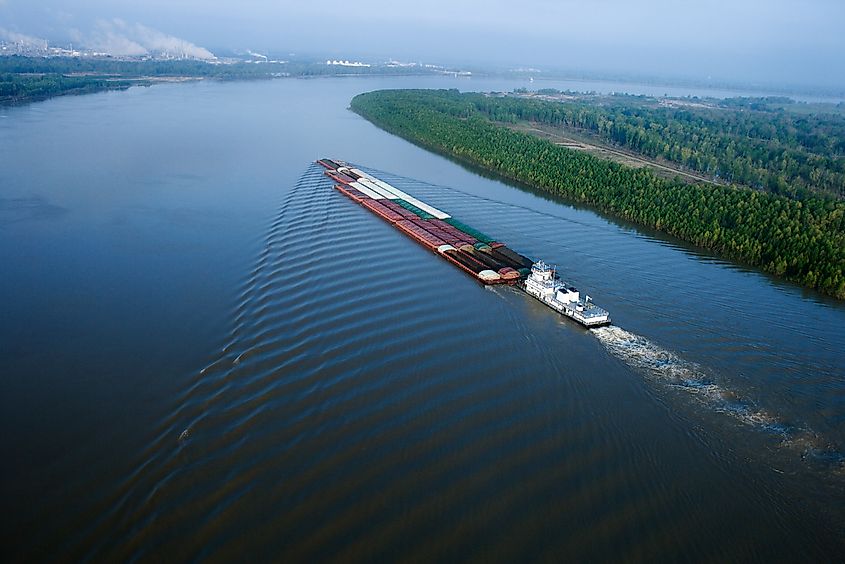
Stretching approximately 2,340 miles from Minnesota to the Gulf of America, the Mississippi River is the second-longest river in the United States and one of the most iconic waterways in the world. It serves as a major commercial artery, transporting agricultural and industrial goods across the country.
The river has played a crucial role in American history, serving as a key route for early explorers and traders. Mark Twain immortalized its grandeur in The Adventures of Huckleberry Finn, capturing the essence of life along its banks. Today, the Mississippi remains vital for commerce, supporting industries like fishing, tourism, and shipping. The river also acts as a natural habitat for a vast array of wildlife, including bald eagles, catfish, and alligators.
Missouri River
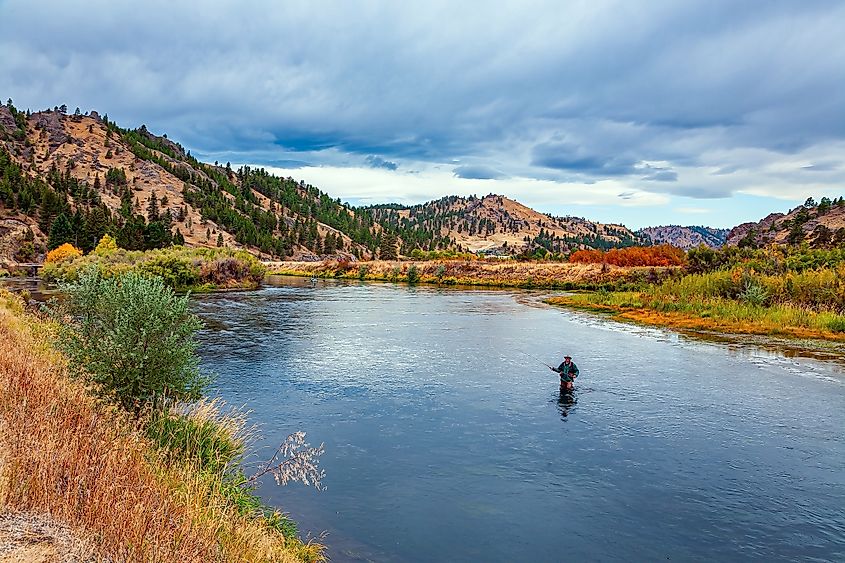
At 2,341 miles, the Missouri River surpasses the Mississippi as the longest river in North America. Originating in the Rocky Mountains of Montana, it meanders through seven states before joining the Mississippi in Missouri.
The Missouri was integral to the westward expansion of the United States, famously serving as part of the route for the Lewis and Clark Expedition. Today, it provides drinking water for millions and supports hydroelectric power generation, irrigation, and recreation. Its watershed is essential for farming and ranching communities, particularly in the Great Plains, where agriculture depends on the river’s flow. However, the Missouri faces threats from erosion, flooding, and pollution, prompting ongoing conservation efforts.
Colorado River
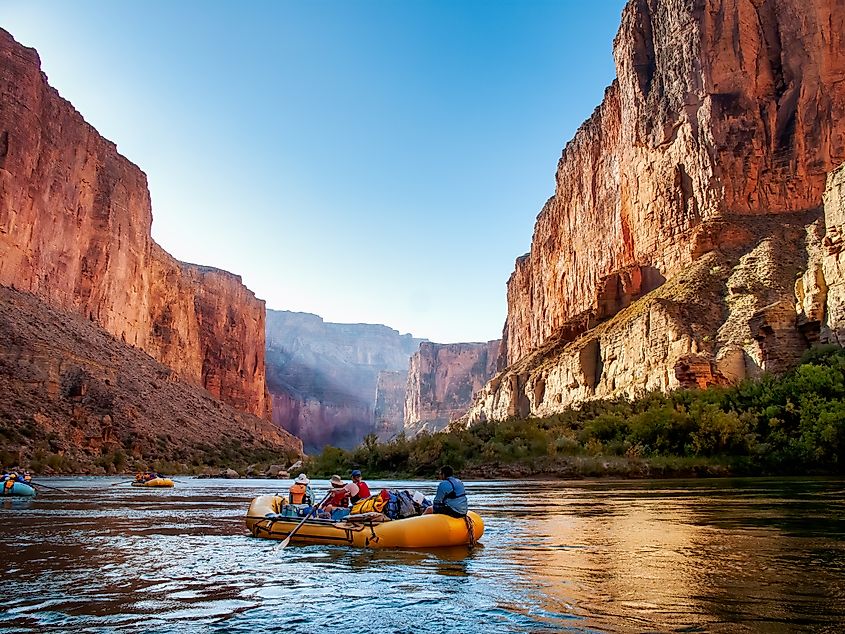
The Colorado River is one of the most awe-inspiring waterways in the United States, carving through the Grand Canyon and providing water to over 40 million people across seven states. Beginning in the Rocky Mountains of Colorado, it travels approximately 1,450 miles before emptying into the Gulf of California.
Despite its natural beauty, the Colorado River is one of the most overallocated rivers in the world. Decades of damming and diversion for agriculture and urban development have strained its resources, leading to concerns over water shortages. The Hoover Dam and Glen Canyon Dam are two of the most well-known structures controlling its flow, providing hydroelectric power and water for cities like Las Vegas, Phoenix, and Los Angeles. The river is also a favorite destination for rafters and kayakers, offering thrilling whitewater adventures through the Grand Canyon and beyond.
Rio Grande
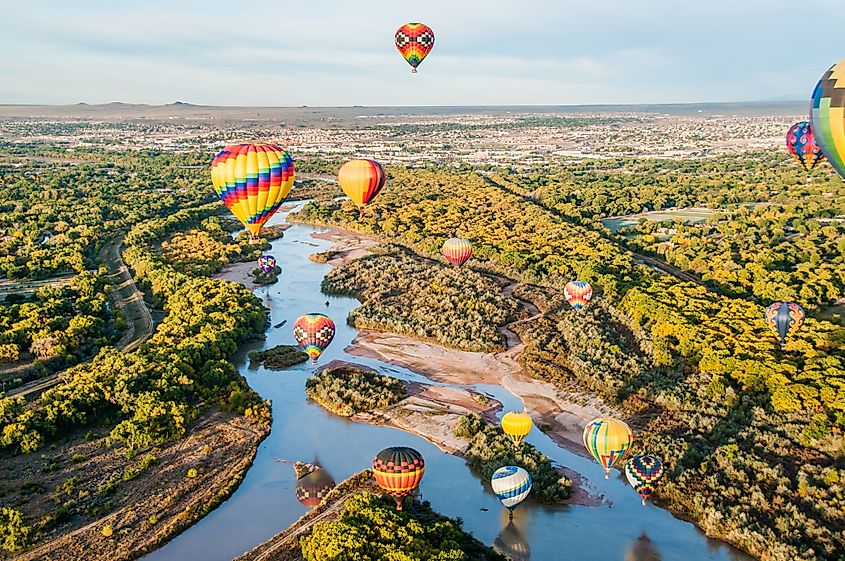
Flowing from the San Juan Mountains of Colorado to the Gulf of America, the Rio Grande stretches about 1,900 miles and serves as a natural border between the United States and Mexico. It plays a vital role in agriculture, supplying irrigation to farms in Texas, New Mexico, and northern Mexico.
The Rio Grande has been at the center of political and environmental debates, particularly concerning water rights, conservation, and border security. Overuse and climate change have caused declining water levels, threatening both wildlife and local communities that rely on its flow. Despite these challenges, the river remains an essential natural and cultural landmark. The Rio Grande also offers stunning landscapes, from towering cliffs in Big Bend National Park to lush wetlands teeming with birdlife along the Texas coast.
Columbia River
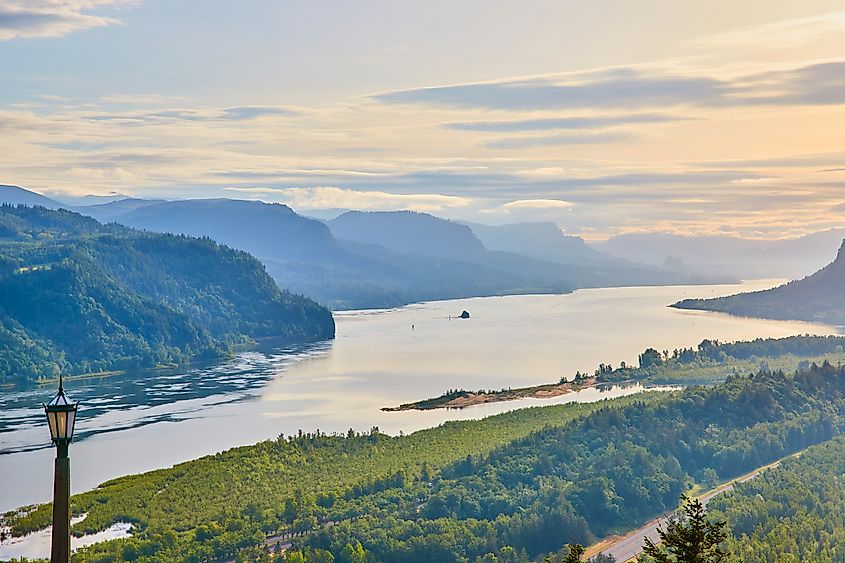
The Columbia River is the largest river in the Pacific Northwest, stretching 1,243 miles from the Canadian Rockies to the Pacific Ocean. It is famous for its breathtaking landscapes, including the Columbia River Gorge, which attracts outdoor enthusiasts and nature lovers.
The river is also one of the most hydroelectrically productive in the world, with dams such as the Grand Coulee and Bonneville providing power to millions. The Columbia played a crucial role in the development of the region’s timber, fishing, and transportation industries. However, its ecosystem has been significantly altered by dams, affecting salmon populations that are vital to both the environment and indigenous cultures. Conservationists continue to push for measures that balance energy production with the preservation of fish habitats and river health.
Yukon River
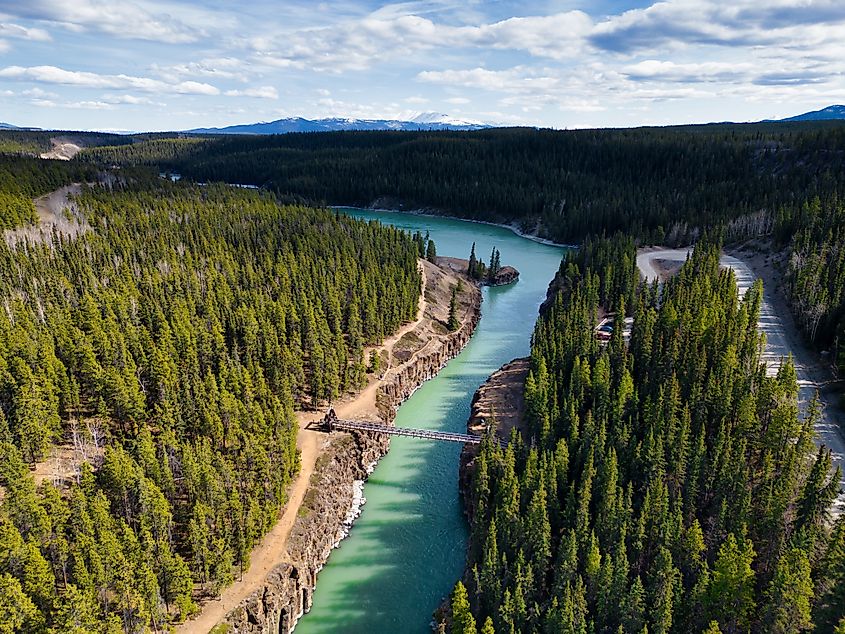
Flowing 1,980 miles from British Columbia, Canada, through Alaska and into the Bering Sea, the Yukon River is one of the most remote and unspoiled waterways in North America. It was a major transportation route during the Klondike Gold Rush of the late 19th century, bringing fortune seekers into the rugged wilderness.
Today, the Yukon remains relatively untouched, serving as a vital resource for indigenous communities who rely on it for fishing and subsistence living. Unlike many other major rivers, it is less impacted by industrial development, but climate change and mining continue to pose potential threats to its pristine environment. During the winter, parts of the Yukon freeze solid, becoming a seasonal highway for snowmobiles, dog sleds, and even vehicles in remote Alaskan regions.
Ohio River
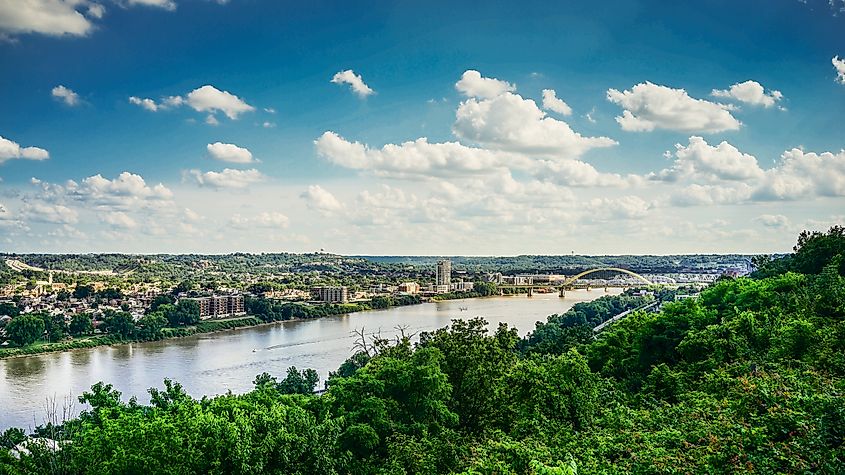
The Ohio River is one of the most historically significant rivers in the United States, running 981 miles from Pennsylvania to its confluence with the Mississippi River in Illinois. It was a major transportation and trade route in early American history and served as a natural boundary between free and slave states before the Civil War.
Today, the Ohio River remains essential for commerce, with barges transporting coal, petroleum, and other goods. It also provides drinking water to millions of people. However, pollution remains a major concern, as industrial runoff and agricultural waste continue to affect its water quality. The river is also a vital part of the regional ecosystem, supporting fish species like bass and catfish, as well as migratory birds that rely on its wetlands. Efforts to clean up the Ohio River and restore its natural beauty are ongoing.
America’s Lifelines: The Importance of Protecting Our Rivers
The major rivers of the United States are more than just bodies of water—they are lifelines that have shaped the country’s history, economy, and culture. From the mighty Mississippi to the untamed Yukon, these rivers continue to provide essential resources, recreation, and beauty. However, they also face significant challenges, including pollution, overuse, and climate change.
Efforts to improve water quality, restore habitats, and ensure sustainable water management are ongoing across the country. Whether through legislation, conservation projects, or community initiatives, the future of these rivers depends on a collective commitment to their health and longevity. Next time you cross a bridge or hike along a riverbank, remember that these waterways have been shaping America for centuries.
